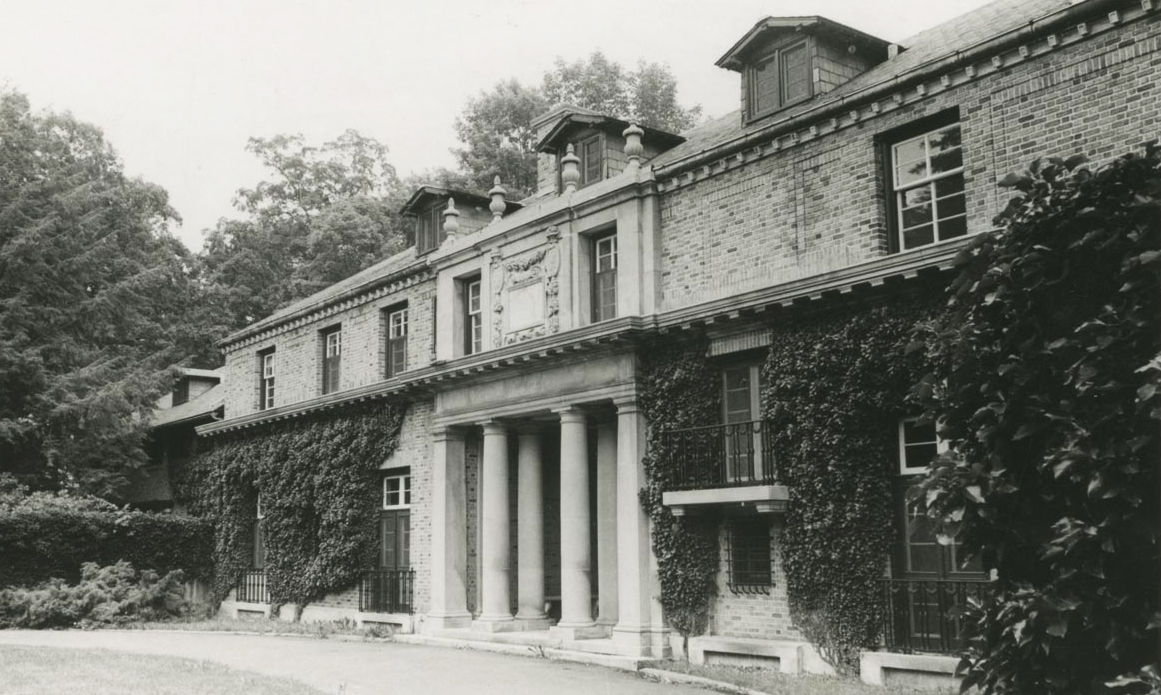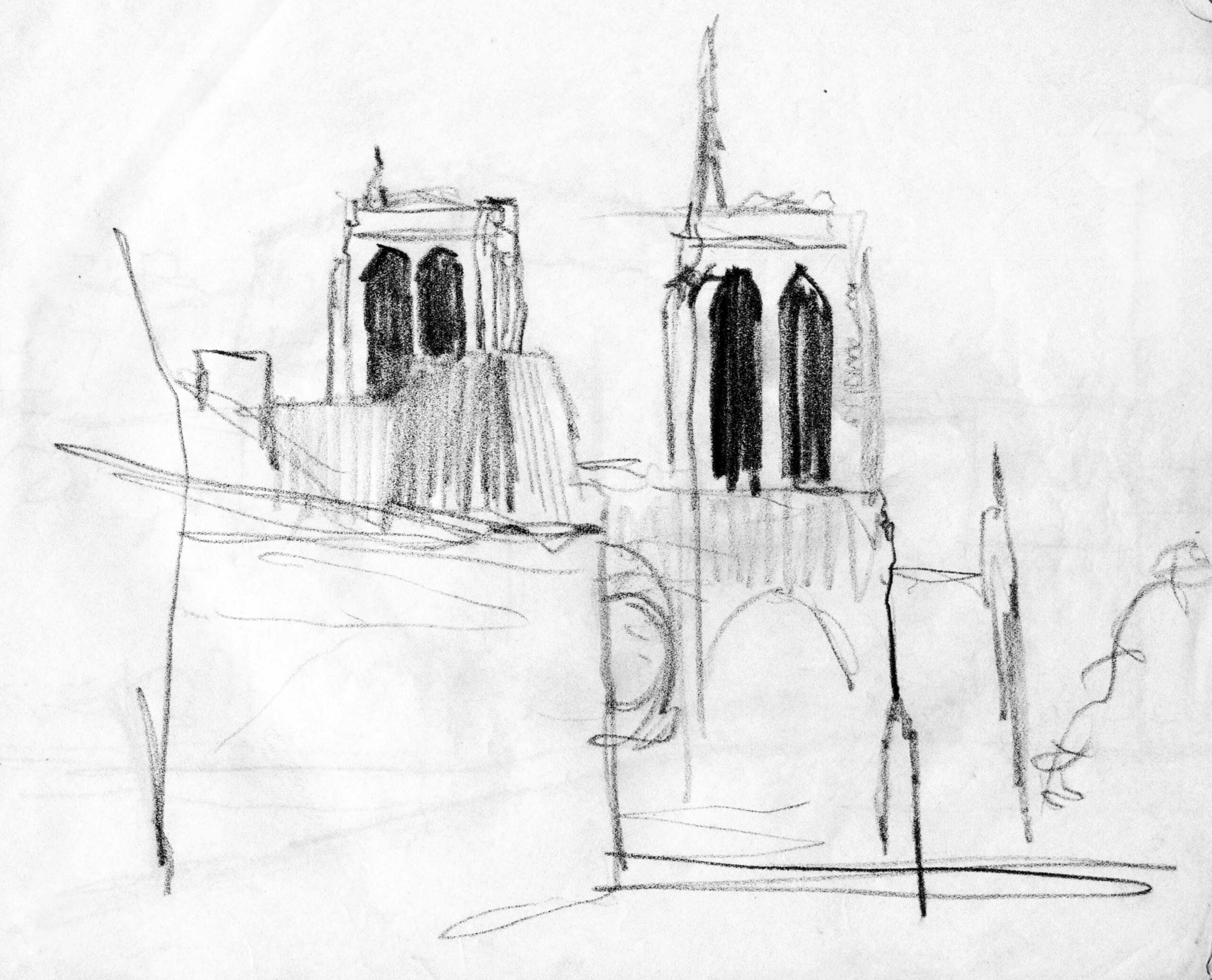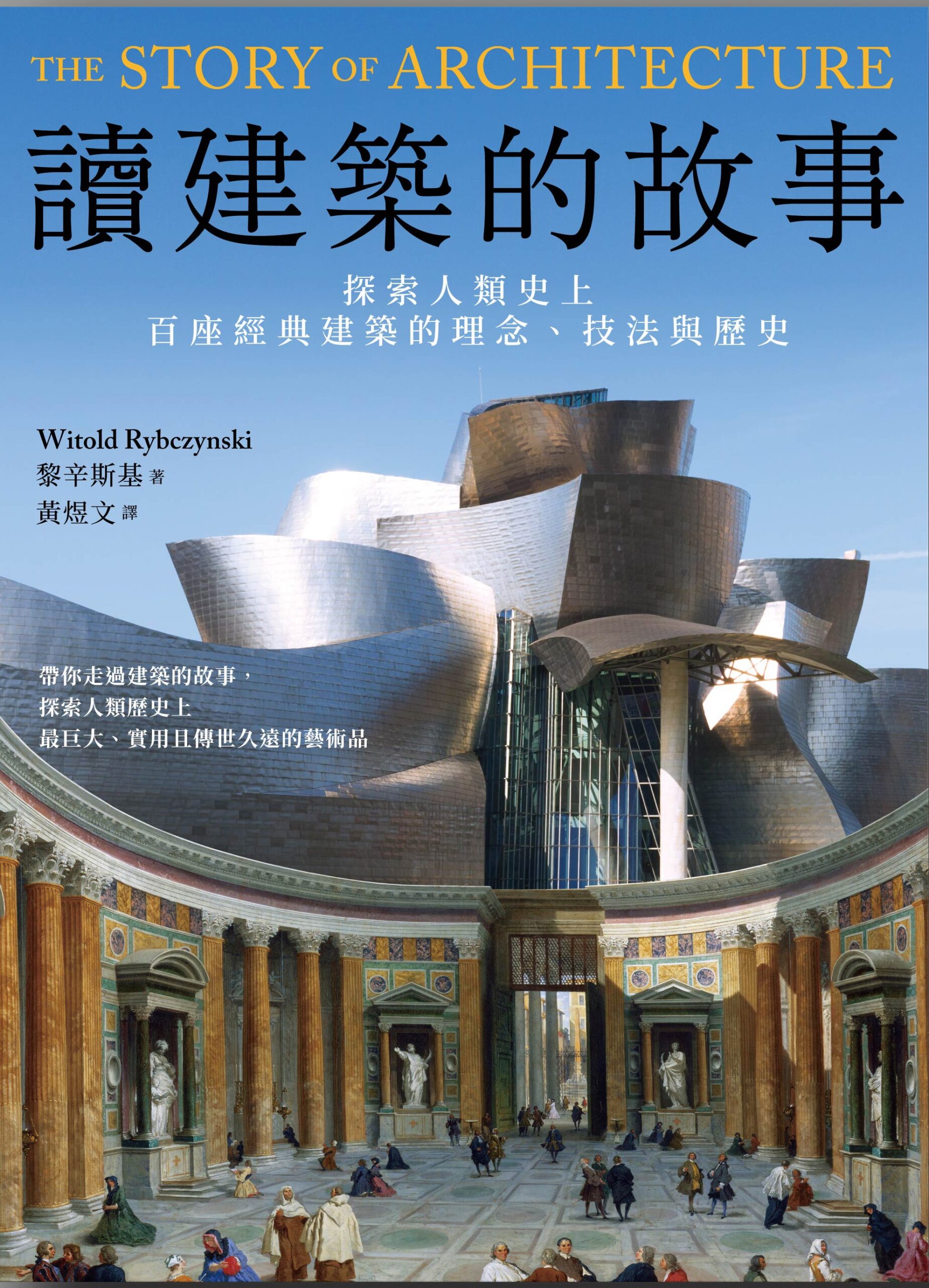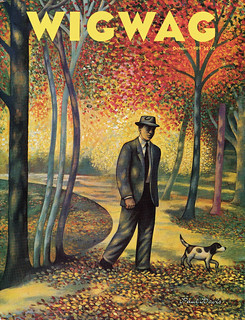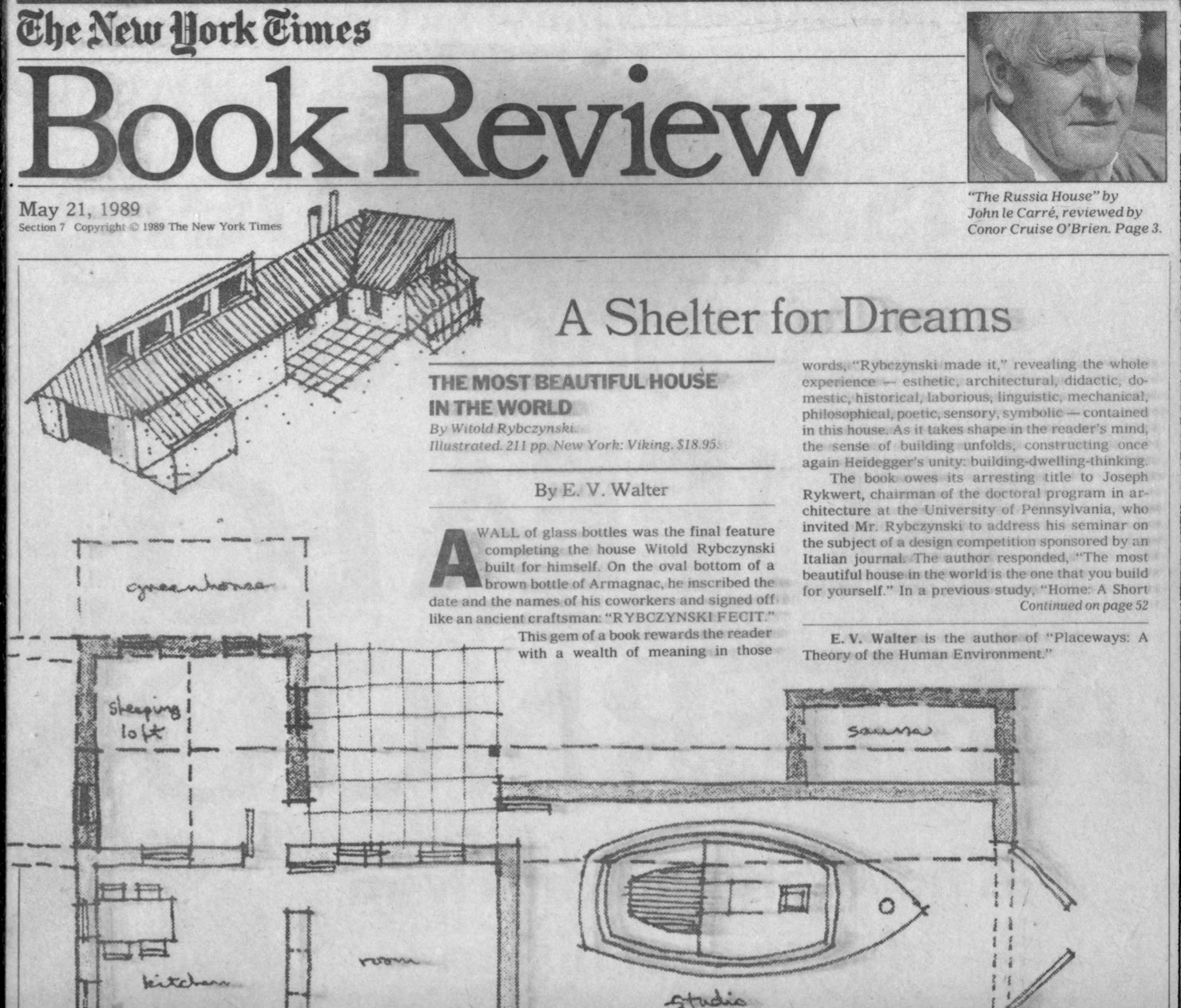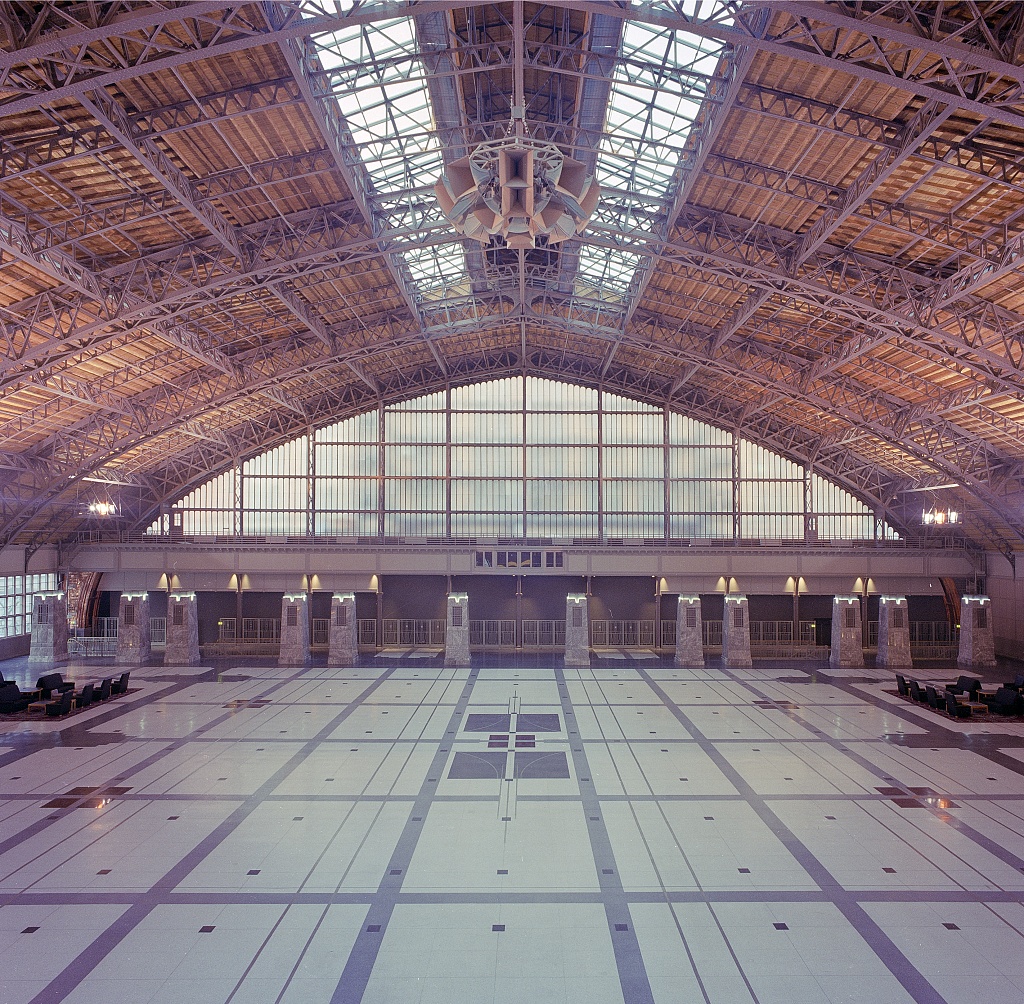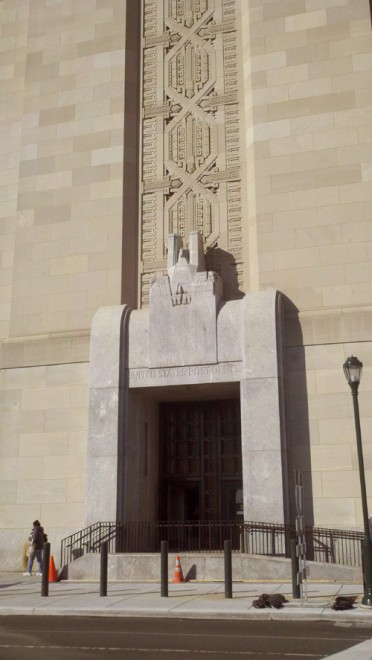FUSION ON THE MAIN LINE
The other day I had the opportunity to visit Camp-Woods, a house on Philadelphia’s Main Line. It was built in 1910-12 for James M. Willcox, a banker who would later be president of the Philadelphia Saving Fund Society—and would commission the PSFS Building, America’s first International Style skyscraper. Camp-Woods is definitely not International Style, according to the brief Wiki entry it is Italianate-Georgian. While the architecture is a fusion, that is a misleading description. The architect was Howard Van Doren Shaw (1869-1926), one of the leading residential architects of his day—he was awarded the AIA Gold Medal, a high honor at that time.

